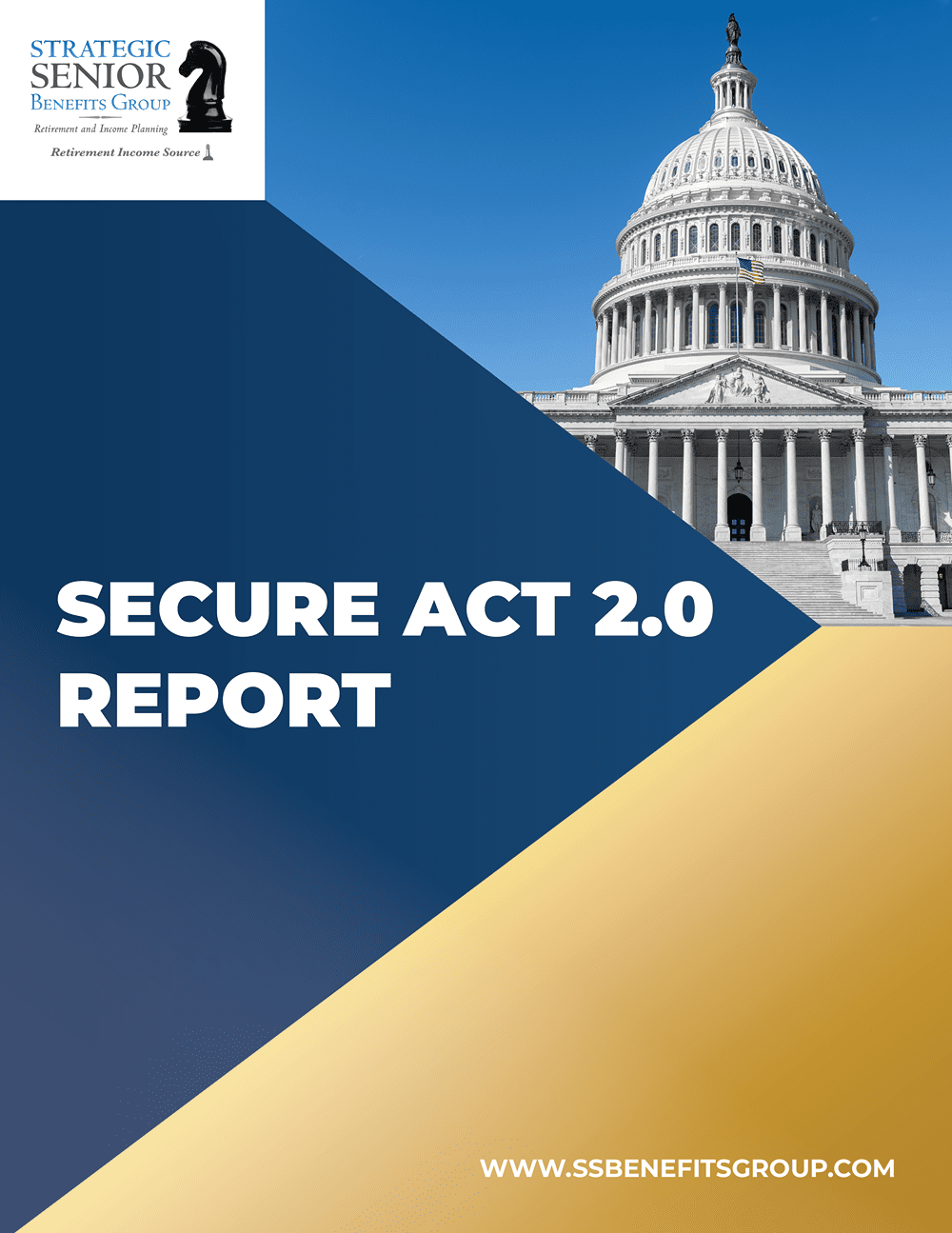It’s no secret that Americans are living longer than ever. While that’s great news, it also creates many personal and social challenges. According to the Centers for Disease Control, for a couple in their mid-60s, there is a 50% chance that at least one of them will live into their mid-90s. That means Americans planning to retire in their mid-60s need financial plans that help ensure sufficient income and savings for up to 30 years and account for any potential unforeseen expenses. One of the most significant of these is the necessity for long-term care. Statistics on the subject are telling. According to a report by the Kaiser Family Foundation:
• 70% of seniors will, at some point, need long-term service and support because of a physical or cognitive impairment, and the average length of time that assistance with daily activities is needed, in these cases, is three years.
• Because of the size of the Baby Boomer demographic, the number of Americans needing long-term care will reach an estimated 27 million by the year 2050, more than double the number (12 million) in 2010.
• 48% of people aged 40 or older predict they will need long-term care as they age, but only 35% say they have set aside funds to pay for their long-term care needs.
That last statistic is the most important and relevant to this report, which is intended to illustrate why considering the potential impact of long-term care (LTC) in your income-based financial plan is so important. To put it simply, the impact of a long-term care event on your retirement income could be massive. According to a 2010 study by Genworth Financial, 88% of retirees paying for long-term care said it reduced their household income by an average of 34%.











